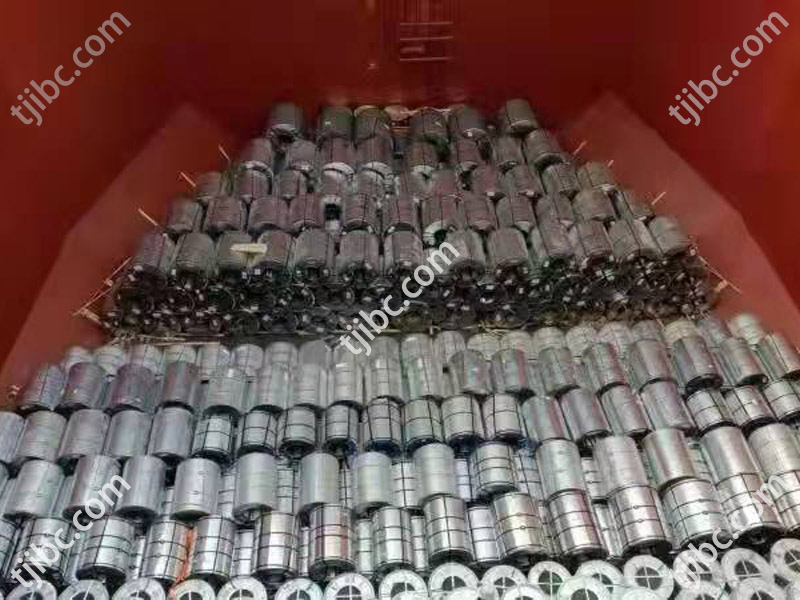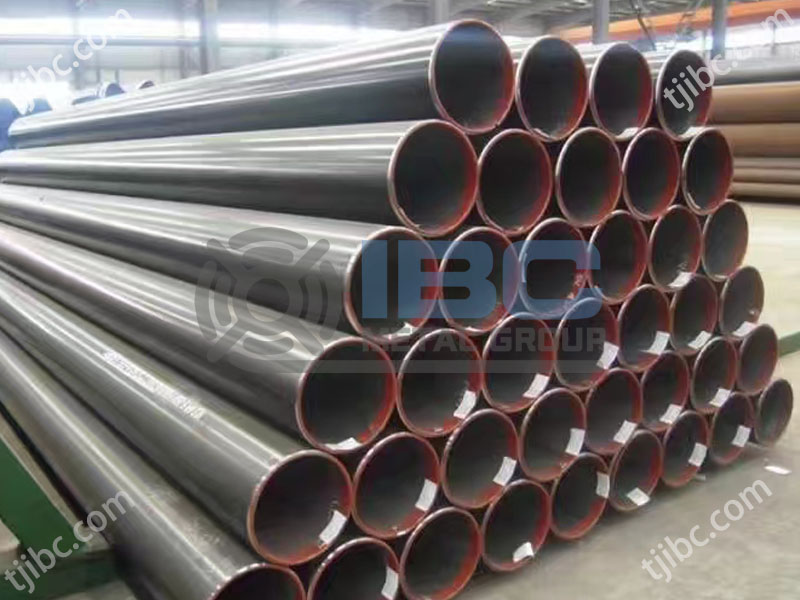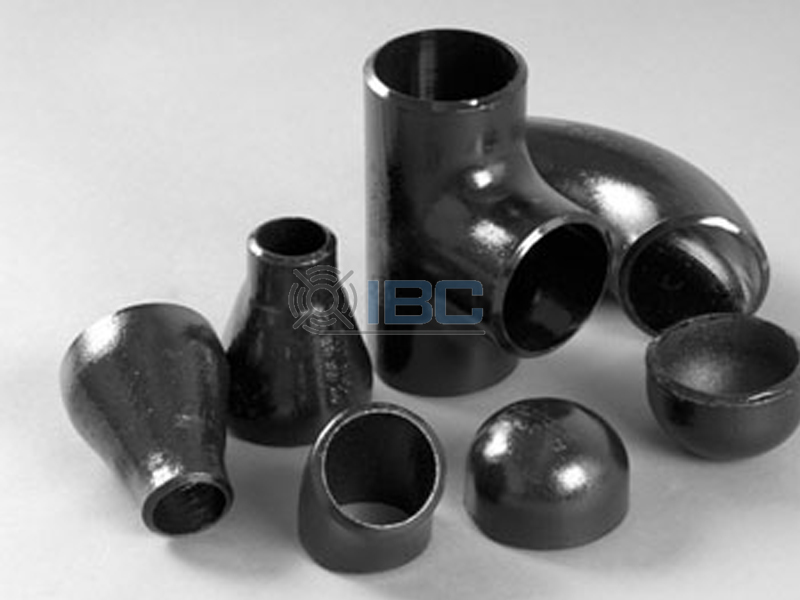Specifications Of HB400/450 Wear Plate
HB400/450 wear plate is mainly made of high quality alloy steel after special heat treatment process. Its Brinell hardness (HB) reached 400 and 450, respectively. This means that it is able to show good wear resistance and deformation resistance when subjected to high loads and pressures. At the same time, this kind of steel also has excellent impact resistance and toughness. It can maintain stable performance in harsh working environment.
| Product Name | Wear Resistant Steel Plate |
| Thickness | 2mm,3mm~300mm etc |
| Width | 1500mm,2000mm,2200mm etc |
| Length | 6m,8m,12m etc |
| Hardness | NM360 hardness range: 330~390HBW;NM400 hardness range: 370~430HBW;NM450 hardness range: 420~480HBW;NM500 hardness range: ≥470HBW;NM550 hardness range: ≥530HBW |
| Processing Service | Welding, Punching, Cutting, Bending |
| Alloy Or Not | Is Alloy |
| MOQ | 5 Tons |
| Advantage | Small MOQ,Fast Delivery, Top Quality |
| Application | Widely used in construction machinery, mining machinery, coal mining machinery, environmental protection machinery, metallurgical, machinery, abrasive tools, bearings and other product parts |
Production Process Of HB400/450 Wear Plate
1. Selection of raw materials
The manufacture of HB400/450 wear plate begins with the selection of high quality alloy steel. These alloy steels are carefully proportioned in composition to ensure that they meet specific hardness and strength requirements after subsequent processing.
2. Smelting and casting
Smelting: the selected alloy steel raw materials are put into the smelting furnace for smelting. This process requires strict control of furnace temperature and melting time to ensure uniform distribution of alloy components and removal of impurities.
Casting: The molten steel forms the initial shape of the wear-resistant plate through the casting process. During the casting process, workers need to strictly control the casting temperature and cooling rate to avoid defects such as cracks and slag inclusion.
3. Heat treatment process
Heat treatment is the key link in the manufacturing process of wear resistant plate. The hardness and mechanical strength of wear-resistant plates can be significantly increased by heat treatment processes such as quenching and tempering.
Quenching: The worker will cast the steel plate into the quenching medium (such as water, oil or polymer quenching agent, etc.) to quickly cool. This step can form a high hardness martensite structure, improve the wear resistance of the steel plate.
Tempering: the wear-resistant plate after quenching needs to be tempered to reduce the quenching stress and improve toughness. The factory needs to strictly control the tempering temperature and time. This ensures good impact resistance and toughness while maintaining high hardness.
4. Cutting and machining
After heat treatment, steel plates need to be cut and processed to meet the needs of different applications. Cutting can use mechanical cutting or laser cutting and other ways, processing includes drilling, welding, surface treatment and other steps.
Operation And Maintenance Of Wear Plate
1. Cutting and welding:
When cutting, we recommend the use of professional cutting equipment, such as plasma cutting machine or laser cutting machine, to ensure the flatness and accuracy of the cutting surface.
When welding, workers should choose the appropriate welding material and welding process to ensure the strength and wear resistance of the weld. At the same time, before welding, workers should preheat the welding material to reduce welding stress and crack generation.
2. Installation and commissioning:
When installing the wear plate, it should be ensured that the contact surface between it and the equipment is smooth and free of debris, and it should be fixed with suitable fasteners.
When commissioning the equipment, attention should be paid to checking the installation position and fastening of the wear-resistant plate to ensure that it can work normally and bear the expected load.
3. Maintenance and maintenance:
Check the wear of the steel plate regularly and replace the parts with serious wear in time.
Keep the surface of the wear-resistant plate clean and dry to avoid long-term exposure to wet or corrosive environments.
For steel plates in long-term use, we recommend customers to regularly test and evaluate them to ensure the stability and reliability of their performance.
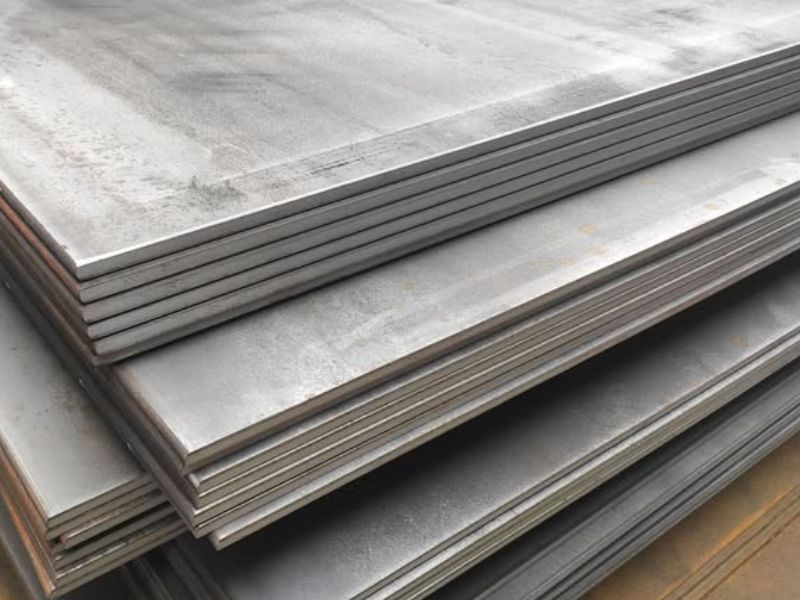
To sum up, HB400/450 wear-resistant plate plays an important role in many industrial fields as a high-performance steel material. Through reasonable operation and maintenance, it can give full play to its advantages of wear resistance and mechanical strength, and improve the service life and performance of the equipment.
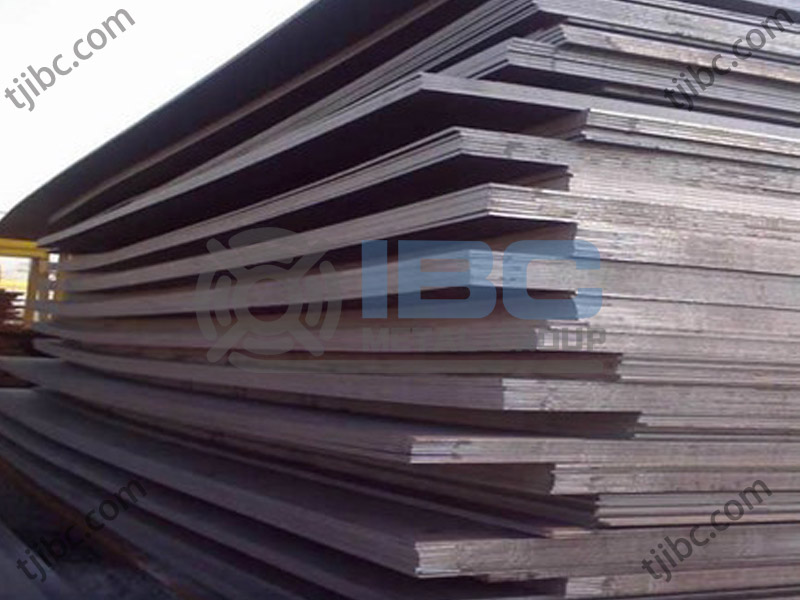
Contact with us today!

